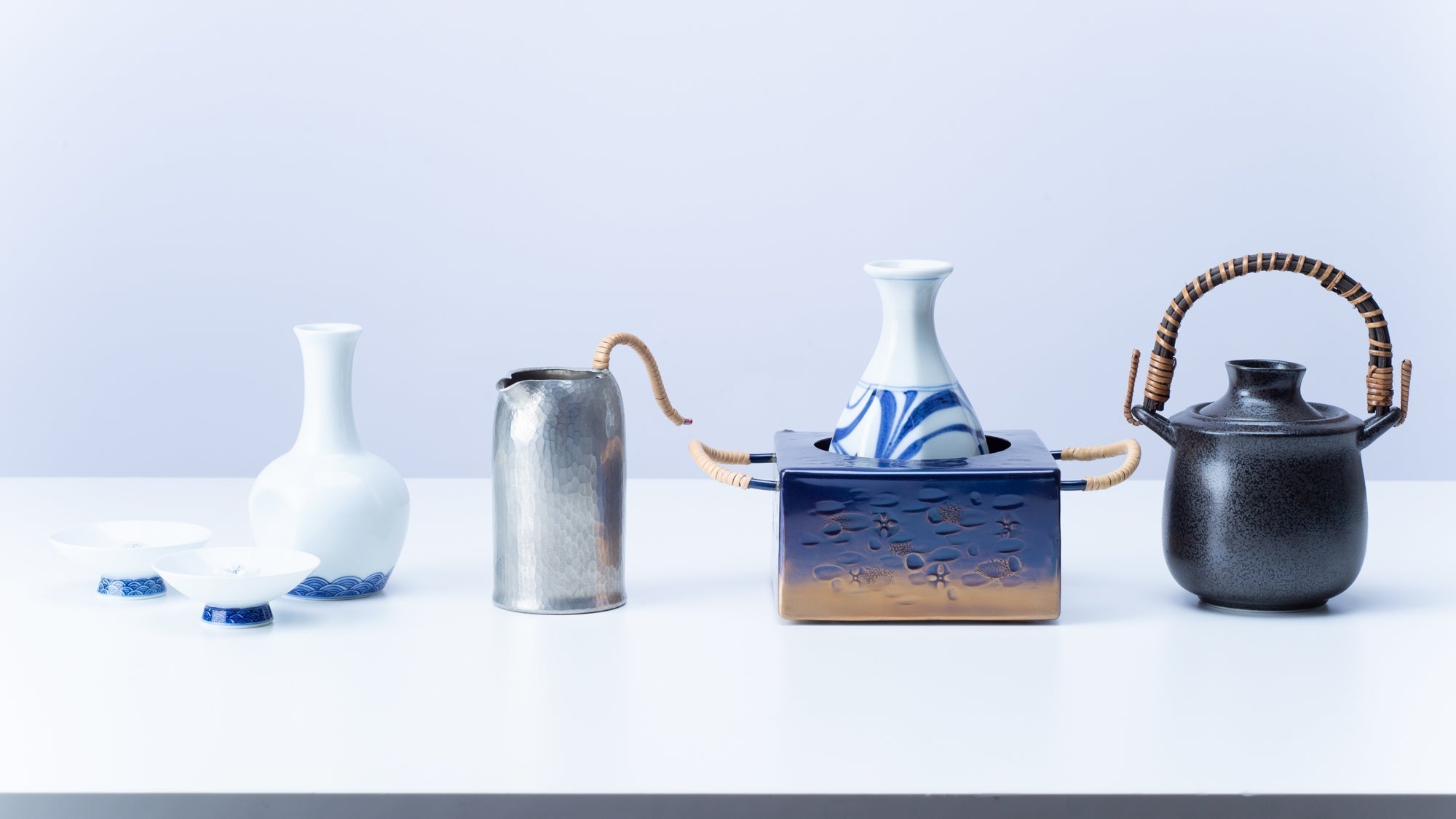
Guide to Japanese Sake Items
Written by Team MUSUBI
Sake, a traditional Japanese drink made from rice, has been a bond between people since ancient times. Accompanying this, sake utensils have played a pivotal role in shaping the culture of sake consumption.
From ceremonial events to casual gatherings, various types of sake sets are used. But which type is your favorite? In this article, we delve into the usage and allure of different sake-related items.
table of contents
Japanese Sake Cups

Sake cups are the most basic item for drinking sake, and are available in various shapes such as sakazuki, ochoko, and guinomi, each of which has its own unique way of tasting sake.
To help you find your favorite sake cup, we will introduce you to the characteristics of each type, the suitable occasion, and the type of sake that goes well with them.
Type of Japanese Sake Cups
Sakazuki

Sakazuki is the most traditional type of Japanese sake cup. Shaped like a semicircular dish, it exposes a larger surface area of sake to the air, and has also been used for visually atmospheric drinking by floating flower petals or reflecting moonlight.
Sakazuki is also the sake cup used in ceremonies and celebrations such as weddings and New Year's, and is suitable when drinking sake at events that are memorable.
Designed for consuming sake in small quantities, a sakazuki is ideal for enjoying high-class or special varieties.
The delicately decorated Aizu lacquerware sake cups are so beautiful that you will want to display them instead of putting them away in your cupboard.
Ochoko

Ochoko is a sake cup used in combination with a tokkuri sake carafe. Ochoko is perfect for casual gatherings with family and friends to share sake and deepen relationships.
In Japan, this type of sake cup has been used since around the Edo period (1603 CE - 1867 CE), and is probably the most commonly seen type of sake cup in a Japanese izakaya, Japanese style pubs.
While often paired with a tokkuri, many connoisseurs also collect these sake cups individually. Additionally, they are well-suited for warm sake when used alongside a tokkuri.
Soukyu Kiln's Kinsai and Ginsai Kutani Ochoko Sake Cup Pair has a deep luster that will add a luxurious touch to your sake-drinking moments.
Guinomi

Guginomi which means "to drink vigorously" in Japanese, is a sake cup with a larger capacity than a sakazuki or ochoko, making it suitable when enjoying sake by yourself.
Roughly the size of a small coffee or espresso cup, this sake cup is ideal for those times when you want to enjoy a larger amount of sake in one sitting. Additionally, its thicker body makes it a perfect match for cloudy sake.
A guinomi is also wonderful for enjoying cold sake or for when you wish to sample various kinds of sake at a gathering.
KISEN's Bamboo Short Turquoise Takaoka Copperware Guinomi Sake Cup, sold in top stores around the world, is a unique creation born from the collaboration between Yamanaka lacquerware and Takaoka copperware.
Sake Glass

Though Japanese glassware has a relatively recent history, many items have a soft, handmade appeal and have also gained popularity as sake cups.
They are suitable for cold sake, and you may enjoy the aroma like wine while tilting the glass. They are perfect for sake with a rich aroma, such as ginjo sake.
It is also suitable for sparkling sake, and can be used with a wide range of alcoholic drinks, including whiskey and wine. It is an ideal choice as a gift for a new acquaintence.
The Hirota Tsubomi and Hana Tasty Edo Glass Sake Cup Set is the ultimate item dedicated to bringing out the best in sake. Recommended for those who want to enjoy sake more deeply.
Type of Sake and Matching Sake Cup Materials
Stoneware
Porcelain
Lacquerware
Glass
Metal
Standard Size
Sakazuki: A standard sakazuki holds from about 15 to 100 ml (0.5–3.4 oz). Certain special ceremonies use large sakazuki cups, some as big as a person's face.
Ochoko: 18–72ml (0.6–2.4 oz)
Guinomi: 50–200ml (1.7–6.7 oz)
Sake Glass: 50–200ml (1.7–6.7 oz)
Japanese Sake Carafes

A sake carafe, crafted for pouring sake, facilitates sharing sake with others, warming the beverage, and enhances the beauty of a tablescape when used to serve sake at the table.
Type of Japanese Sake Carafe
Tokkuri

Tokkuri is a standard style of sake carafe. Many are shaped like a gourd. While ceramic and porcelain are the most common, there are also some made of glass with refreshing designs for cold sake.
It is the most versatile and casual sake carafe, suitable for both cold and warm sake.
Katakuchi

Katakuchi, a sake carafe more formal than a tokkuri, is crafted from various materials, often featuring fashionable designs.
The katakuchi is basically used only for cold sake, and those with an open rim can be used to serve sake with floating flower petals for a beautiful presentation.
Chirori

Chirori, a sake carafe designed for warm sake, is typically made of metals like copper or tin, known for their high thermal conductivity, facilitating easy temperature control.
Chirori, often seen as more elegant than tokkuri for serving warm sake, are also frequently used in ryotei, high-end Japanese restaurants.
Tin chirori, in particular, enhances the aroma of sake and smooths out any impurities, making it a coveted item for sake lovers.
Seigado's tin chirori is truly worthy of being called a lifetime product. It is formed by craftspeople tapping a tin plate tens of thousands of times.
For Warm Sake, Cold Sake
By using a sake carafe, you can enjoy a wide variety of sake at different temperatures: aromatic sake such as ginjo sake are suitable for cold serving, while deep-flavored sakes such as junmai sake can also be enjoyed warm during the chilly fall and winter season.
While warming sake with a tokkuri or chirori requires warming sake in a pot, the sake warmer allows you to easily make and enjoy warm sake on your table.

Standard Size
Traditionally, the size of a sake carafe is determined by its "gou" capacity: 1 gou is 180 ml (6 oz).
Tokkuri: 1–3 gou (180–540 ml /6–18 oz).
Approximately 5–0 cm (1.9–3.9 in) in diameter, and 10–15 cm (3.9–5.9 in) in height.
Katakuchi: 1–2 gou (180–360 ml /4.4–12 oz).
Approximately 5–10 cm (1.9–3.9 in) in diameter, and 10–15 cm (3.9–5.9 in) in height.
Chirori: 0.8–2 gou (130–360 ml /4.4–12 oz).
Approximately 5–10 cm (1.9–3.9 in) in diameter, and 5–15 cm (1.9–5.9 in) in height.
Japanese Sake Warmers

A sake warmer is a small pot for warming sake at the tabletop. Fill the sake warmer with boiling water, place the tokkuri or chirori inside the warmer, and leave it for a few minutes to warm the sake. As the sake is not continuously placed in boiling water, the aroma and flavor of the sake are preserved.
By using a sake warmer, you can serve rich-tasting and fragrant warm sake in an aesthetically pleasing manner right at your dining table or home bar.
Sake Warmer Materials

Sake warmers are available in stoneware, porcelain, and copper ware. While ceramic and porcelain sake warmers are used by pouring boiling water into them, some copper sake warmers are easier to use as they can be placed directly on a stove after filling them with water.
Since the usage of a sake warmer can vary depending on the product, please read the product-specific instructions carefully to avoid burns or damage to the product.
Standard Size
In most cases, a sake warmer is large enough to hold a 1 gou (180 ml /6 oz) sized tokkuri or chirori.
Japanese Sake Cooler

Have you ever experienced drinking sake that tastes good when chilled, but loses its appeal as it returns to room temperature after being taken out of the refrigerator?
While some taste fine after chilling and then warming up, many people still prefer to enjoy their sake cold, especially on hot summer days or as a pairing with certain foods. Just as white wine is often kept chilled in a bottle cooler on the table, this method is equally effective for sake.
Standard Size
In most cases, a sake cooler is large enough to hold a one bottle of sake in a size of 4 gou (720 ml /24.3 oz). A regular wine bottle is 750 ml (25.4 oz), so a sake cooler can also be used for chilling wine as well.
Tips to Enhance Your Sake Experience

The key to enjoying sake is to relish the moment. While traditional etiquette might not always be crucial, understanding and practicing it when appropriate can greatly enhance the experience with friends.
Here are some basic rules of sake etiquette.
How to Pour Sake

Hold the sake carafe in the center with your right hand and support it with your left hand. Be careful not to let the sake carafe touch the rim of sake cup when pouring. The amount poured should be no more than about 70 to 80 percent of the cup.
Pouring sake so that it fills the entire cup is seen as bad manners. Gently twisting your right wrist at the end of the pour can prevent any drips. It's also considered impolite to peer into or swing the sake carafe to inspect its contents, to consolidate remaining sake into one carafe, or to tip over the carafe after drinking.
How to Hold Sake Cups

Interestingly, in the era of the samurai, it was customary to hold the sake cup with the non-dominant hand. This allowed for quick access to one's sword from the scabbard in case of an emergency.


Etiquette, a Form of Communication
When someone offers to pour sake into your cup and there's still some left, it's polite to take a sip before accepting more. Additionally, it's considered good etiquette to sip from the cup before setting it down on the table after being refilled. Observing proper etiquette not only enhances one's charm but also leaves a sophisticated impression.
Proper etiquette makes you look more beautiful and impressive. We hope you will embrace these practices in your sake experience.


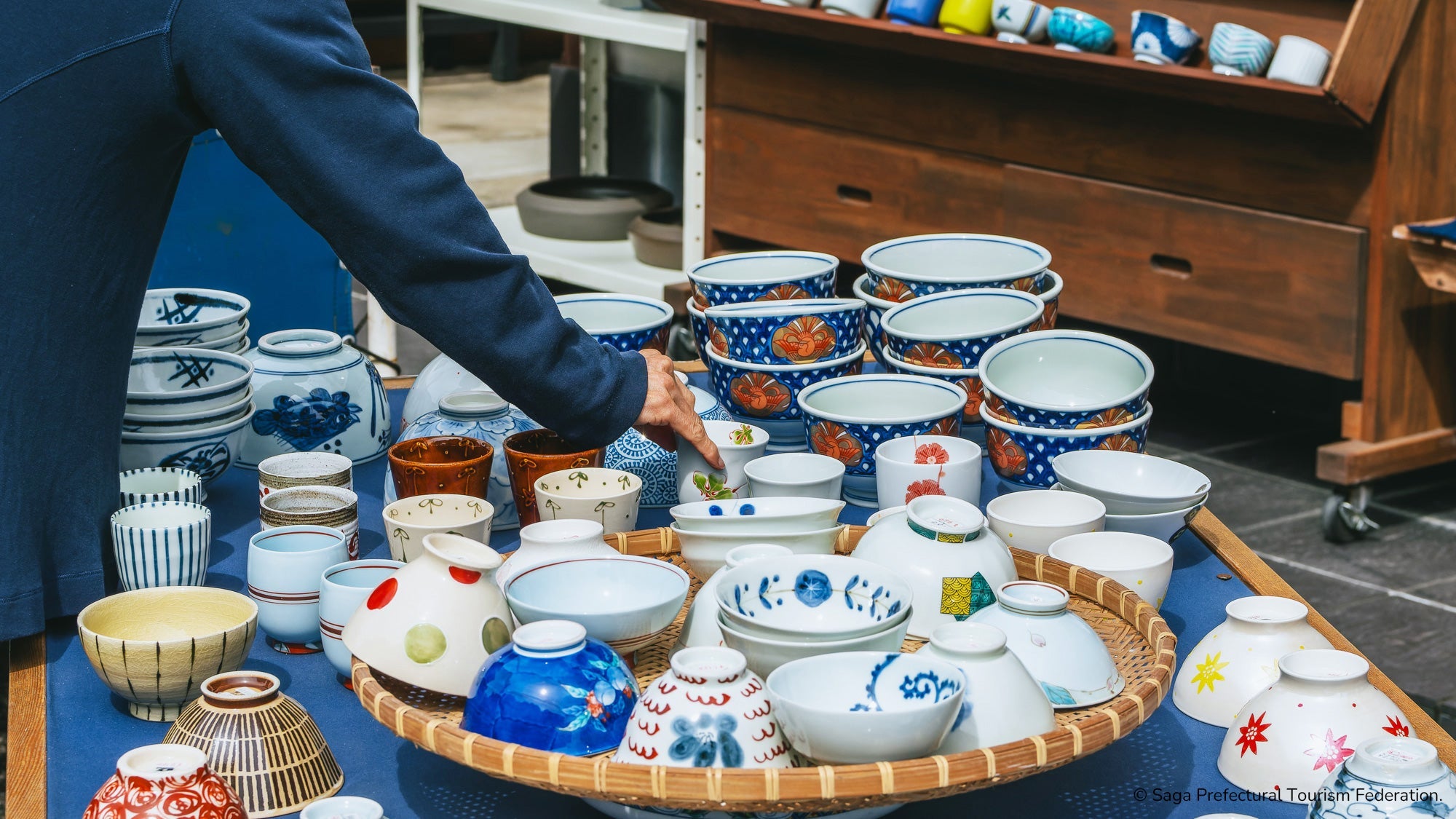
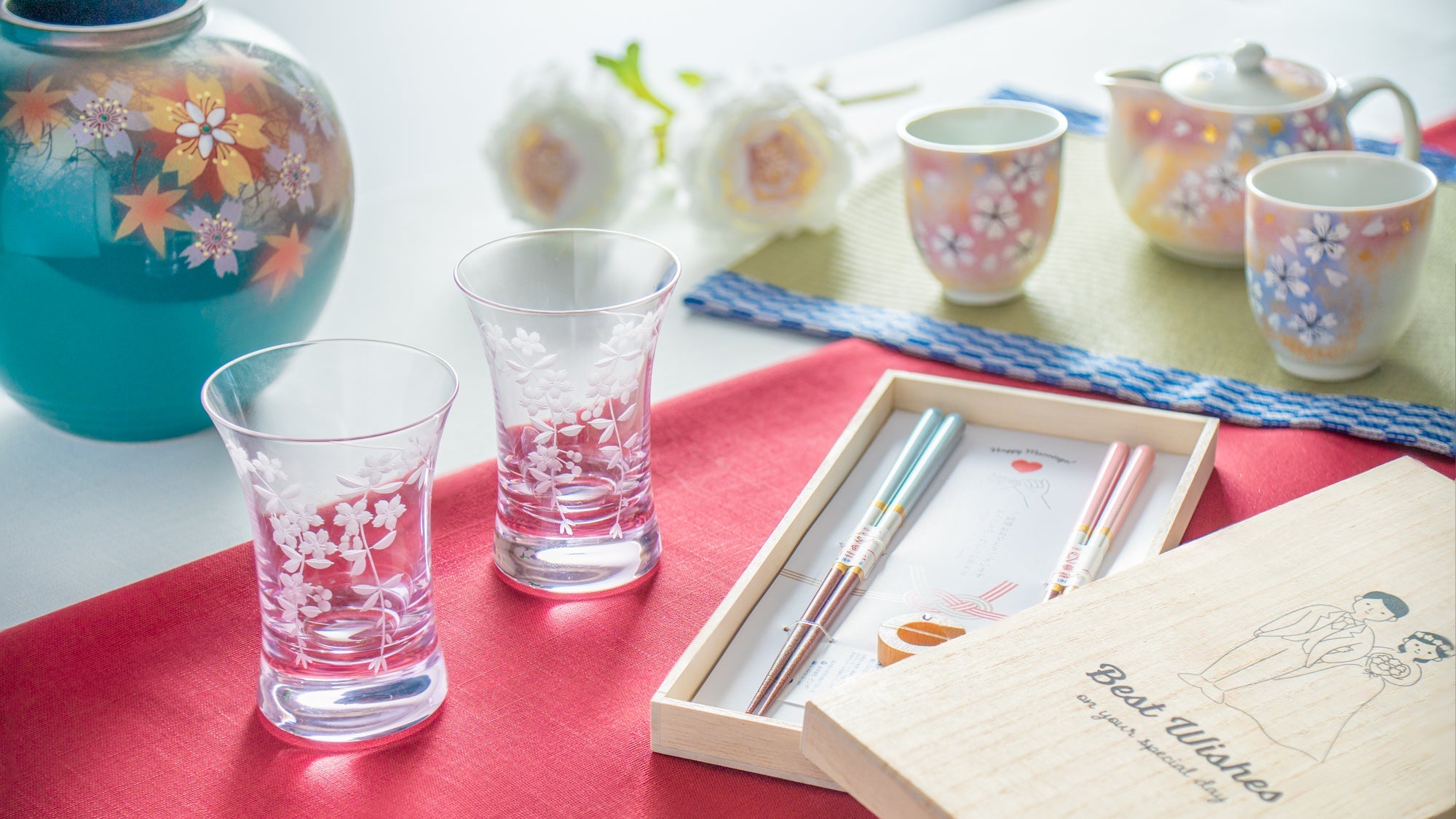
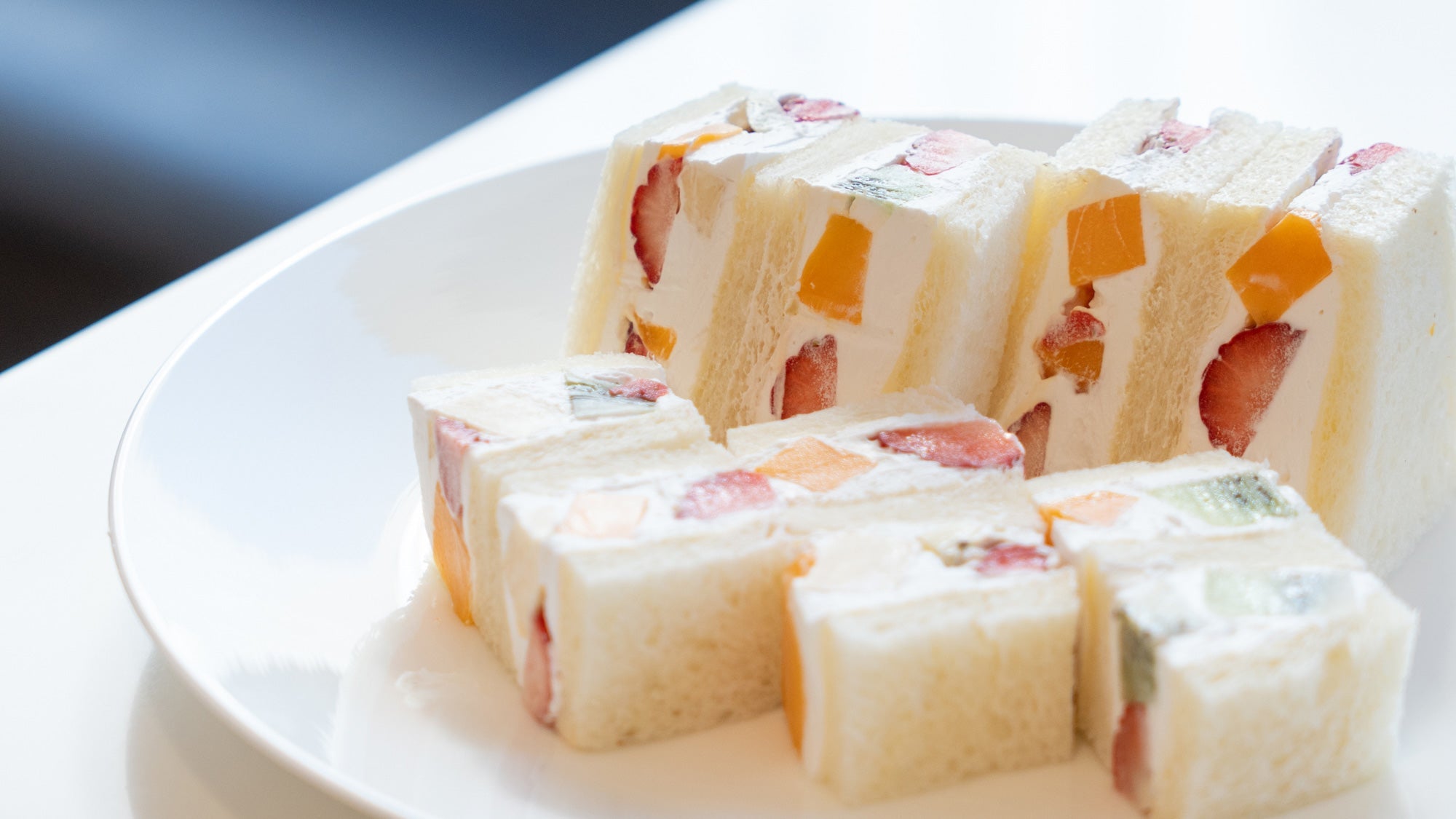

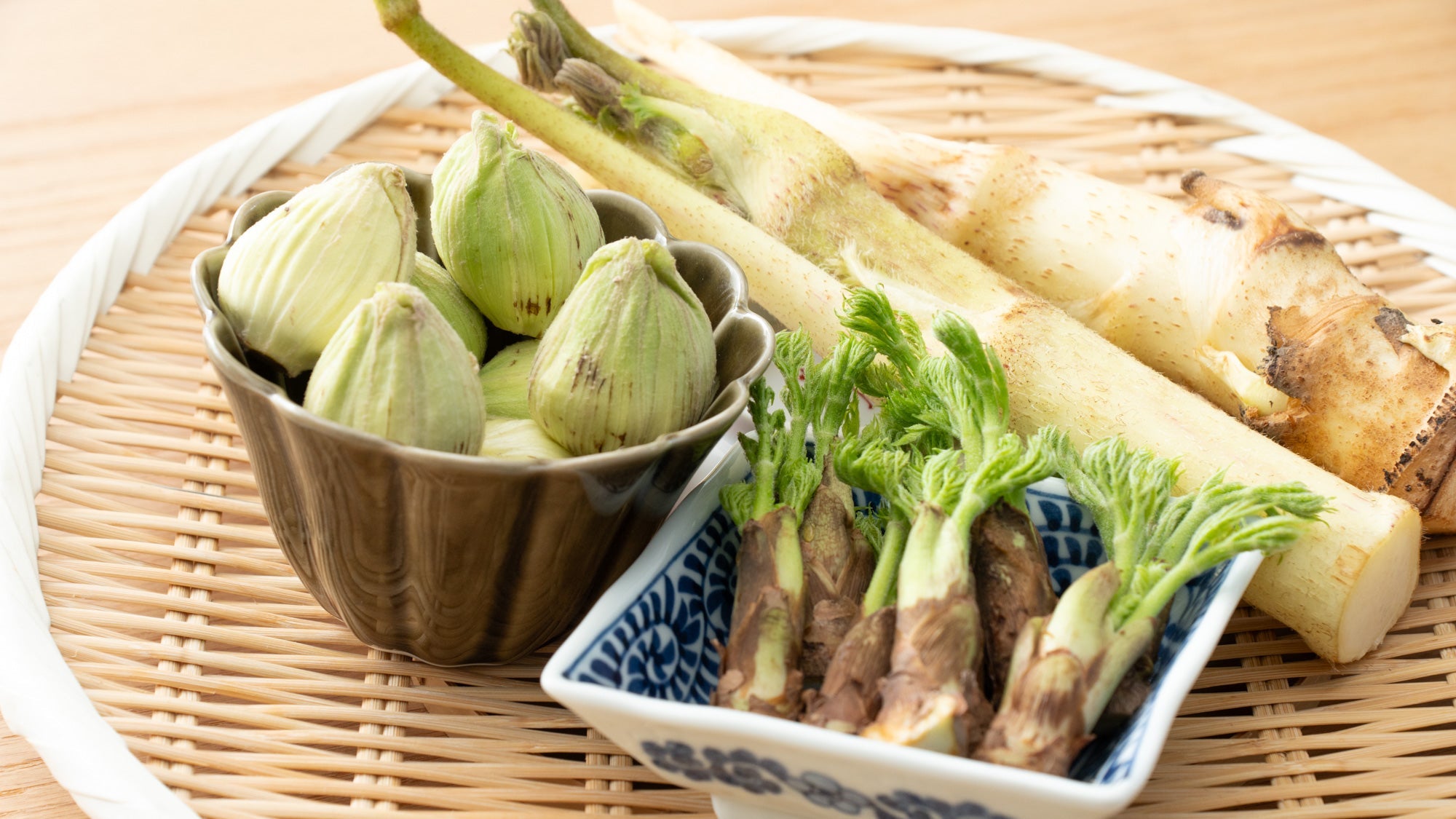

Leave a comment
This site is protected by hCaptcha and the hCaptcha Privacy Policy and Terms of Service apply.